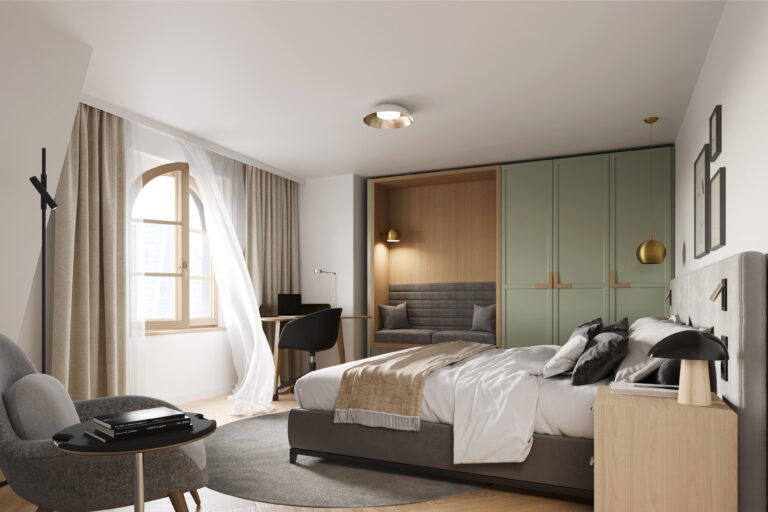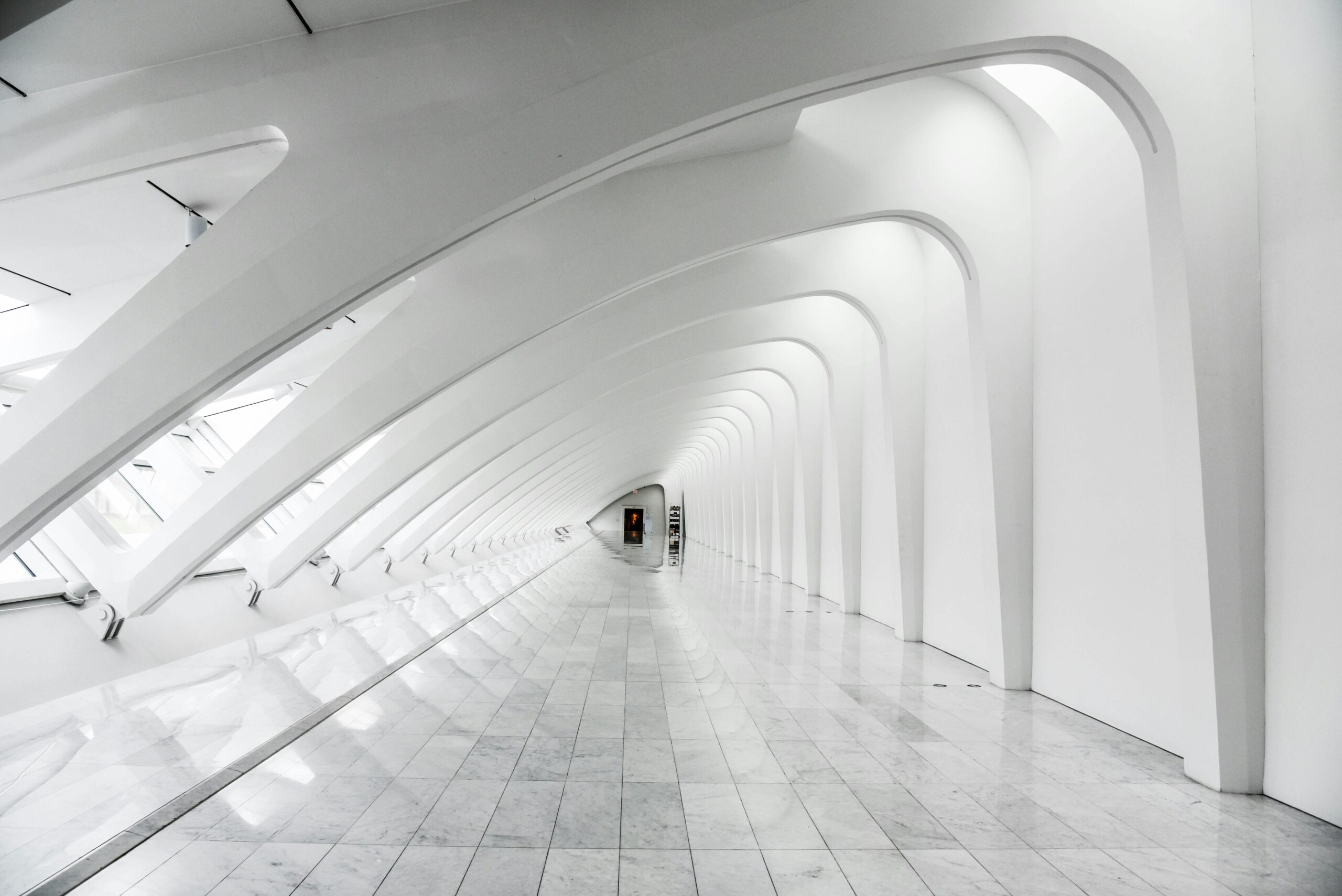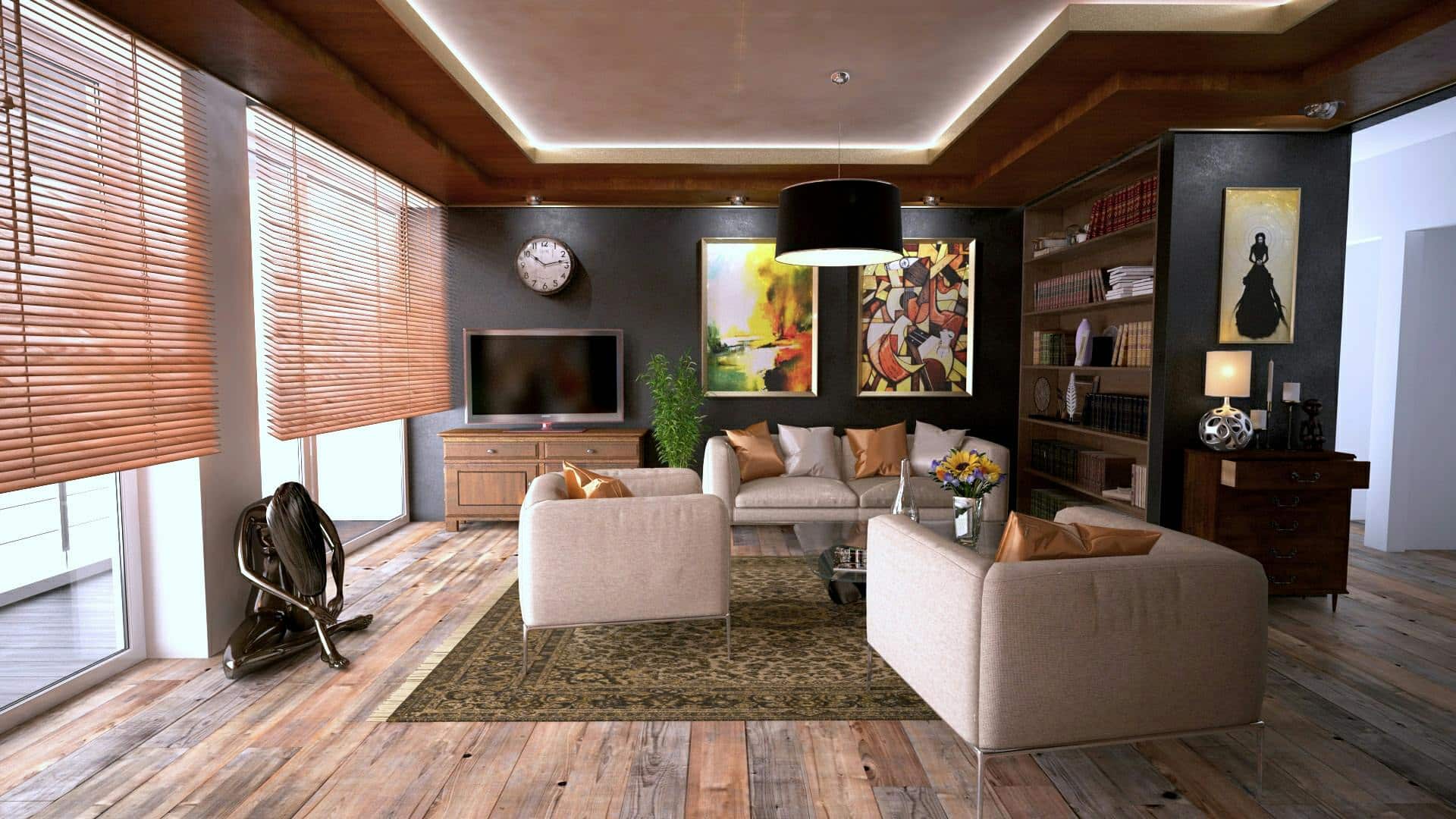Choosing the best and most attractive interior 3D visualization angles can really help your project to stand out on listings, your website or social media.
The angle can make all the difference in how the space is perceived. It can help to highlight the key features of the design. In this article, we will explore the best angles for interior 3D visualizations, and provide some tips on how to achieve the best results.
It is important to choose all the angles before starting the rendering process. It will be much easier for 3D designer to follow the 3D modeling process and perfect the needed angles.
1. The Eye-Level Angle

The eye-level angle is one of the most natural and commonly used angles for interior 3D rendering. This angle is achieved by positioning the camera at eye-level. It gives the viewer a realistic sense of what it would be like to be standing in the room. The eye-level angle is particularly effective for showcasing the details of furniture and decor, as well as the textures and finishes of the walls and floors.
2. The Bird’s Eye View (Down view) Angle
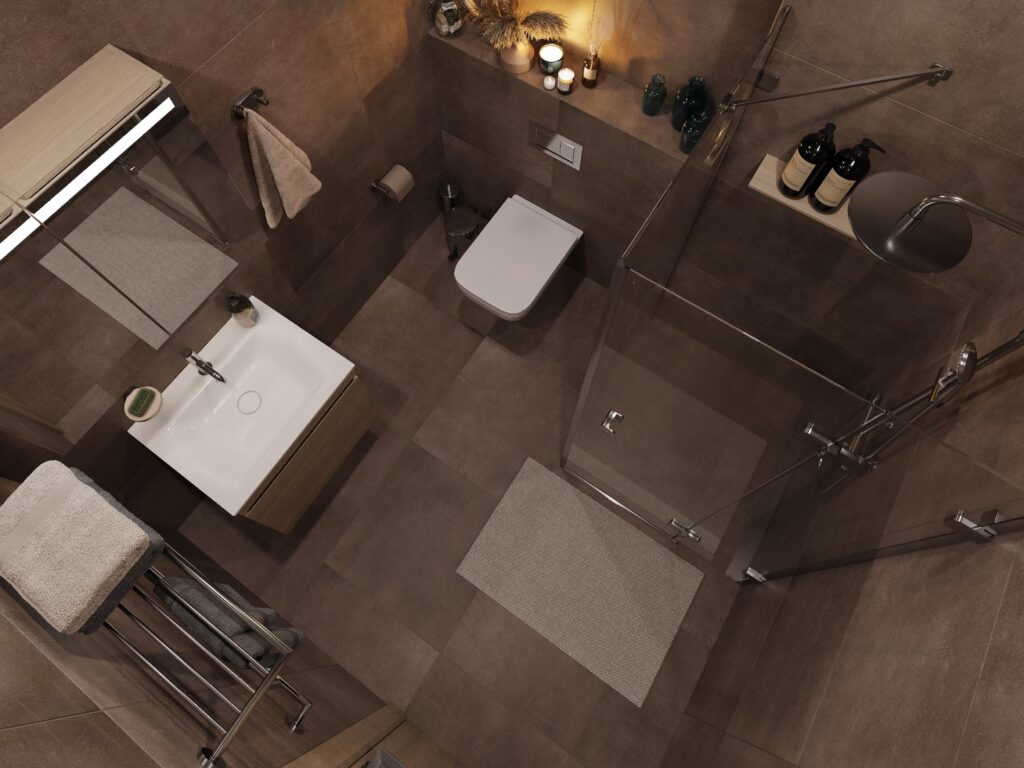
The bird’s eye view angle is a powerful tool for showcasing the layout of an interior space. This angle is created by positioning the camera high above the room, looking down on the space from a bird’s eye view (from the ceilings). The bird’s eye view angle is particularly useful for illustrating how the different elements of the space fit together, such as the furniture layout and the flow of traffic.
3. Straight view

This view is perfect to showcase important design details or furniture. This angle stays at 90 percent angle and show a straight view of the chosen position in the room.
As in the sample above, it is perfect to present the reception of a hotel. It is as exactly the visitors of the hotel will see it once they enter through the door.
4. The Corner Angle
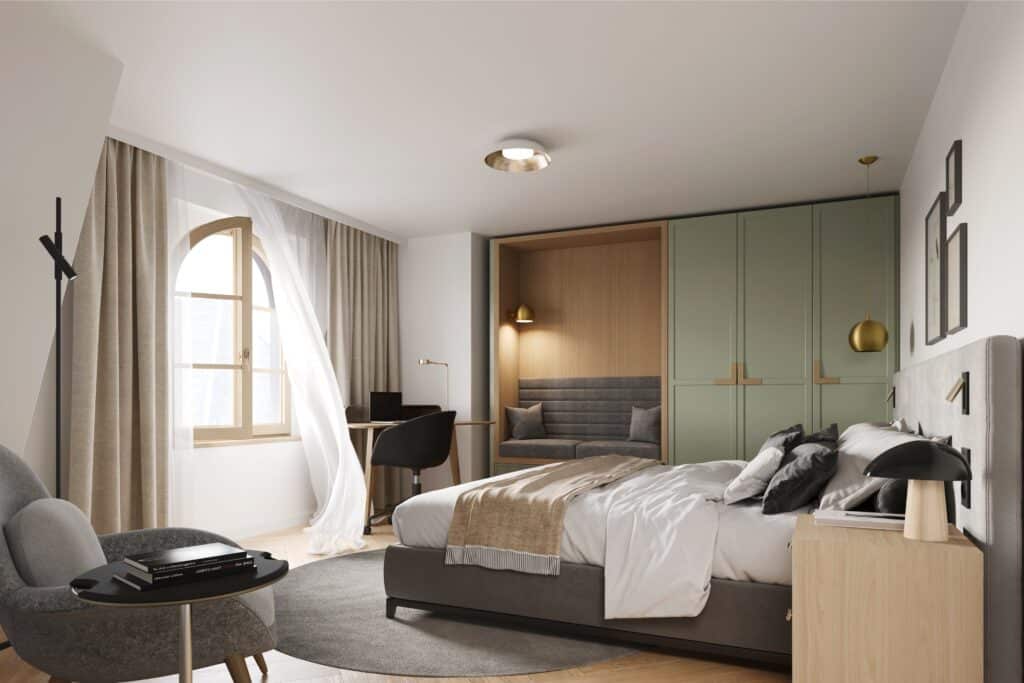
The corner angle is a classic interior 3D rendering angle that utilizes a corner of the room as the focal point. This angle is achieved by positioning the camera at the corner of the room, capturing two walls simultaneously. The corner angle is particularly effective for showcasing the flow of the space and how the furniture and decor are arranged.
It is one of the most popular 3D angles for interiors as you can show a lot of space with many interior details and furniture. It is perfect if you want to show as much space as possible in one image.
5.The Close-Up Angle
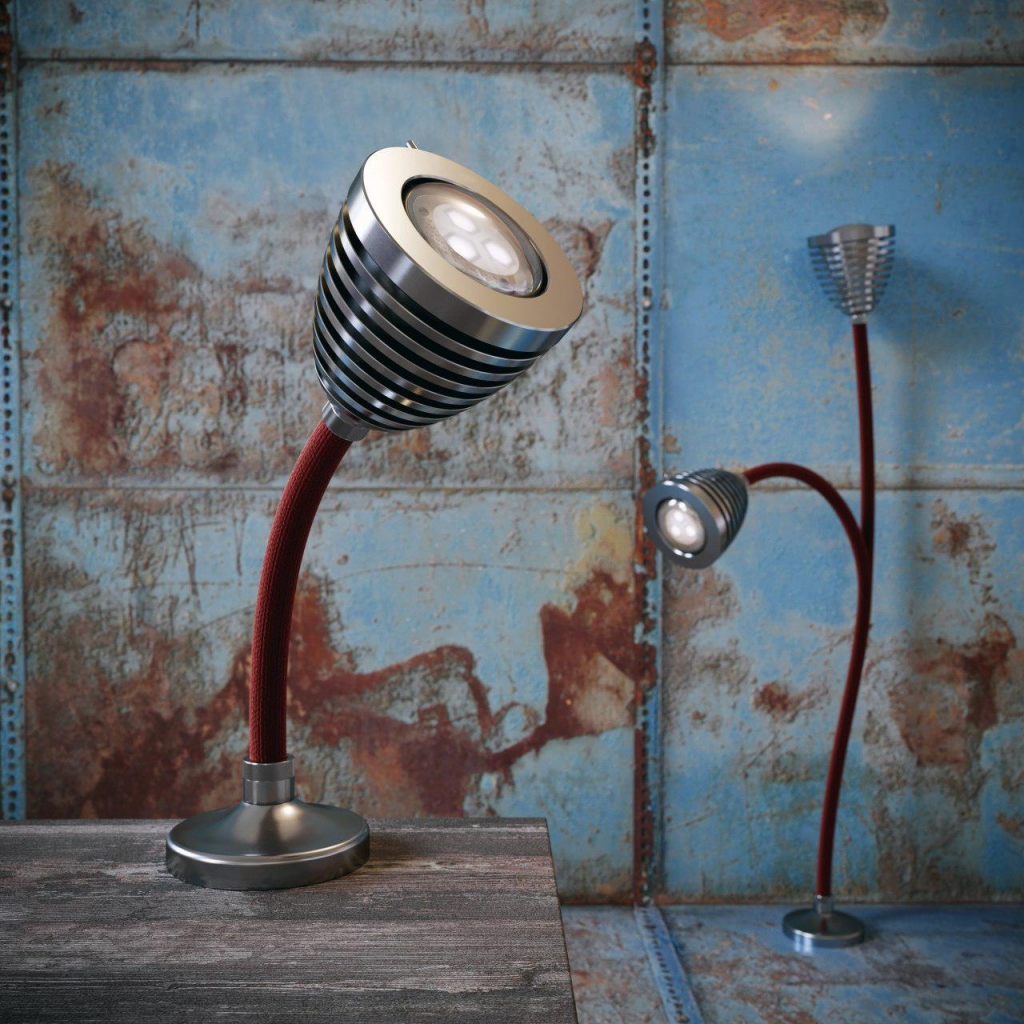
The close-up angle is a powerful tool for highlighting specific details of a design. This angle is achieved by positioning the camera close to an object, such as a piece of furniture or a small decor item. The close-up angle is particularly effective for showcasing intricate details, textures, and finishes.
Close-up angles are used to showcase specific furniture or design pieces which increases the value of the space.
6. The Panoramic Angle

The panoramic angle is a wide-angle shot that captures the entire space in one image. This angle is achieved by positioning the camera at a distance from the space. It is wide enough to capture the entire space from one end to the other. The panoramic angle is particularly effective for showcasing large spaces, such as an open-plan living room or a grand foyer.
As in example above you can see how much space is shown: sitting area, the bar, the counter and even the main window. This angle can take a lot of information into one 3D visualization. It has a very rectangular shape, so be aware once using it on your brochures, website or social media.
7. 360 degree angle
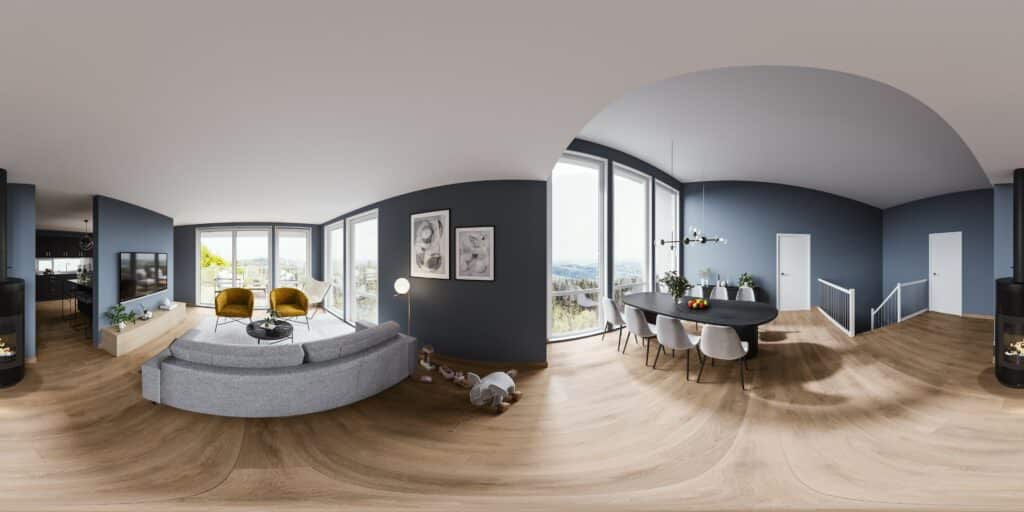
Such angles are more used in 3D virtual tours (3D walkthroughs) as you can look around 360 degrees and see everything around you.
Such angles can show even more than a panoramic view. It has a fish-eye view which is not as representable. It is more used as a shortcut to show as much space as possible.
In conclusion, choosing the right angle is essential for creating an effective interior 3D renderings portfolio for your project. These seven angles listed above are some of the best options for showcasing a space and capturing the key elements of the design. If you are an architect or interior designer looking to showcase your work in 3D, be sure to experiment with these different angles and find the ones that work best for your specific project.
For the real estate project marketing portfolio we suggest to use eye-level and corner angles. They are most attractive and can showcase your interior spaces from different perspectives.


